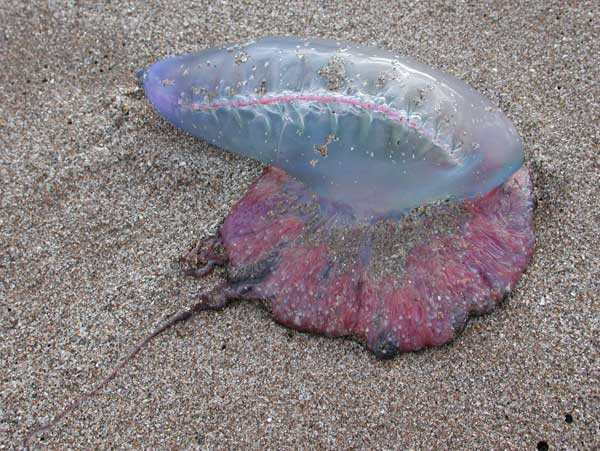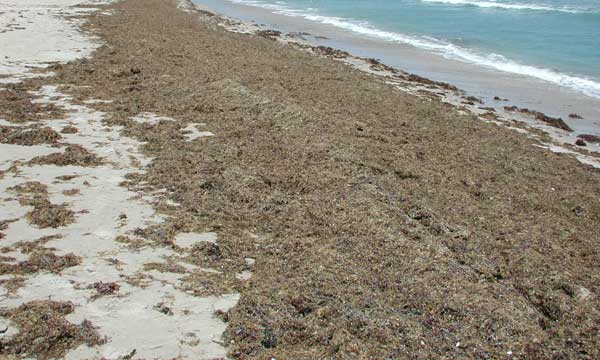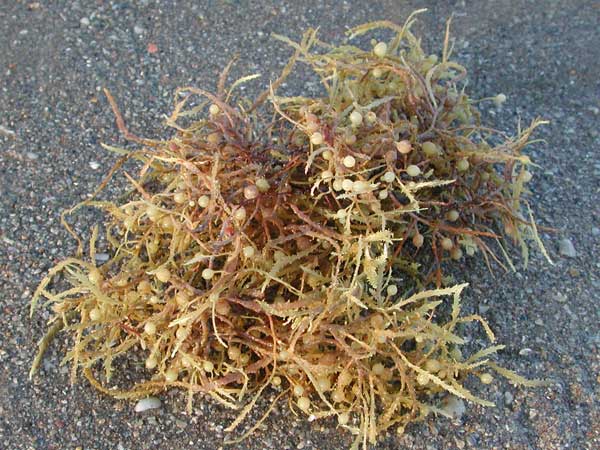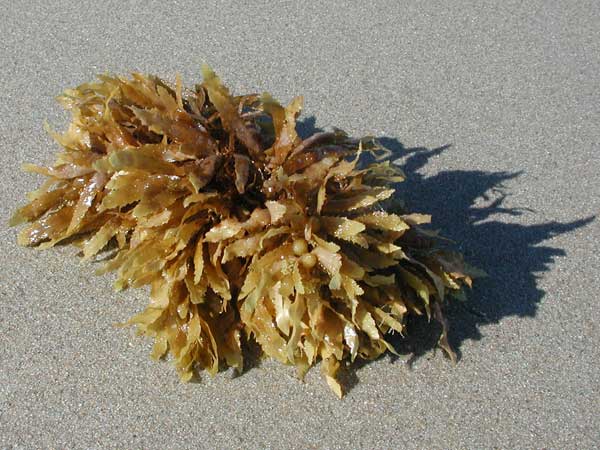| WWW.SEABEAN.COM HOME PAGE | MAIN How To Page |
How to Collect Sea-Beans
![]()
See also: How to Care for Sea-Beans ...protect your collection!
|
One way to collect sea-beans (the best way!) is to go get them yourself. Go to the beach, walk the beach, find some treasures! To accomplish all this, successfully, the stars don't have to line up but there are several things to consider: which beach, currents, what time (of the day, month, or year), the weather, technique, and other beaners. 1. Which beach? For those lucky enough to live close to an oceanic shoreline, several options may be available. Choose a beach that is close by, has adequate parking and other facilities, and is safe. For those that don't live close to a beach, travel is on the agenda. This opens the door to other options, but adds expense... a little or a lot! If traveling, consider which beach may have more sea-beans than another. Talk to others about where to go; the SEABEAN-L listserve is a good place to post questions, particularly if your travels will be distant. 2. Currents: Consider the local currents. These currents carry and deliver the sea-beans to the beach. Is this current "fed" sea-beans by a tropical or subtropical source? Are the currents likely to hold sea-beans? If so, are the currents close enough to the shoreline to deposit the sea-beans on the beach? 3. Timing: The time of year can affect how successful you are at collecting sea-beans. There is a "Sea-Bean Season"! Currents often meander closer to the shore; when this happens, the sea-beans may be more likely to become stranded on the beach. The best time of the month for sea-beans may be influenced by the monthly cycle of the tides, which may bring more water higher onto the beach... and may carry more sea-beans. Now-a-days, with sea-beaning becoming more popular, the time of day to go beaning may be important. Sea-beans may be deposited in the middle of the night... the early beaner gets the beans! 4. Weather: The weather, particularly winds, can play a very important role in delivering sea-beans to the beach. Because they float, the sea-beans are affected by the wind, as is the surface water that they are floating in! Watch for an onshore breeze... the longer it persists, the better. The farther offshore the bean-carrying currents are, the longer it takes for the winds to blow the sea-beans ashore. Listen for news of Portuguese Man-o-War washing ashore... what blows them ashore will also blow sea-beans ashore!  Portuguese Man-o-War, Physalia physalis 5. Other beaners: friend or foe? Well, that person just up the beach from you may have found that coveted Mary's Bean that you surely would have found. Oh well. Maybe they found two and will give you one! Maybe you can trade that Dioclea you found! Nonetheless, beaning is becoming more popular and the beans (seemingly) not more abundant. That said, all beaners miss sea-beans right under their nose. Talk to the other beaners on the beach... you might learn something or make a new friend! 6. Technique: How and where you search is important. If you're searching for sea-beans at the low-tide line, among all the seashells, then get out-a-there! Head up the beach face above the high tide line and (more importantly) the wrack line!!! Sea-beans float, and you'll find them among the other stuff that floats: the seaweed. This "wrackline" may consist of different types of plant material. You're looking for the oceanic algae called Sargassum. If the currents and winds have blown this ashore (it floats too), then there may be sea-beans among it.  The wrack line... after a storm. 
 Forms of Sargassum spp. These clumps are freshly washed ashore. After a couple days on the beach, they'll be dry and a dark brown color. Local storms may create great waves that hit the nearshore ocean bottom and dislodge benthic (bottom growing) algae or seagrass which then washes ashore. When you see that the wrackline is composed of this, remember its source... it's not from where sea-beans come from, and it won't provide you with a bonanza of sea-beans. Finding Sea Beans on the Beach Courtesy of YouTube's "seabeanie" --- August 06, 2009 You can purchase or trade sea-beans too! Another way to "collect" sea-beans is to purchase or trade for them, much the same way as many people "collect" stamps. If you don't live next to the beach, or can't get there, purchasing or trading may be an option for you. Even if you can get to "a" beach, perhaps you can't get to that special beach half way around the world that you'd just love to have some drift seeds from. Again, sending seeds to other countries may be problematic. Good Luck! |
Links
Be sure to check out chapter 8, "Making a Collection" in Perry & Dennis: "Sea-Beans from the Tropics"
...when, where, how, cleaning and storing is discussed in greater detail.